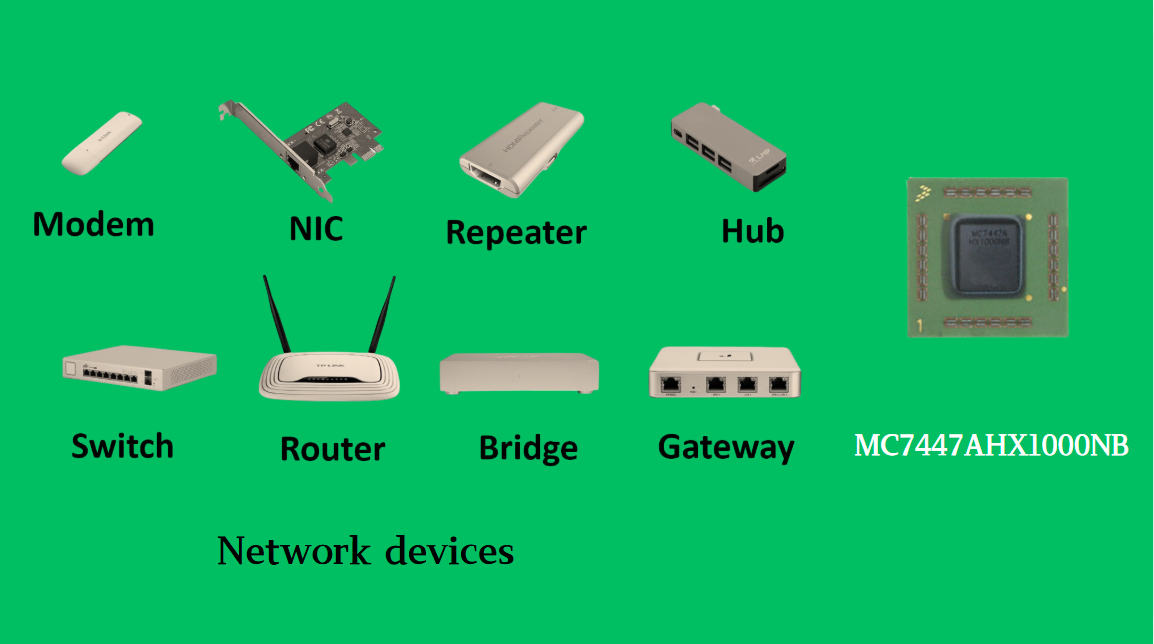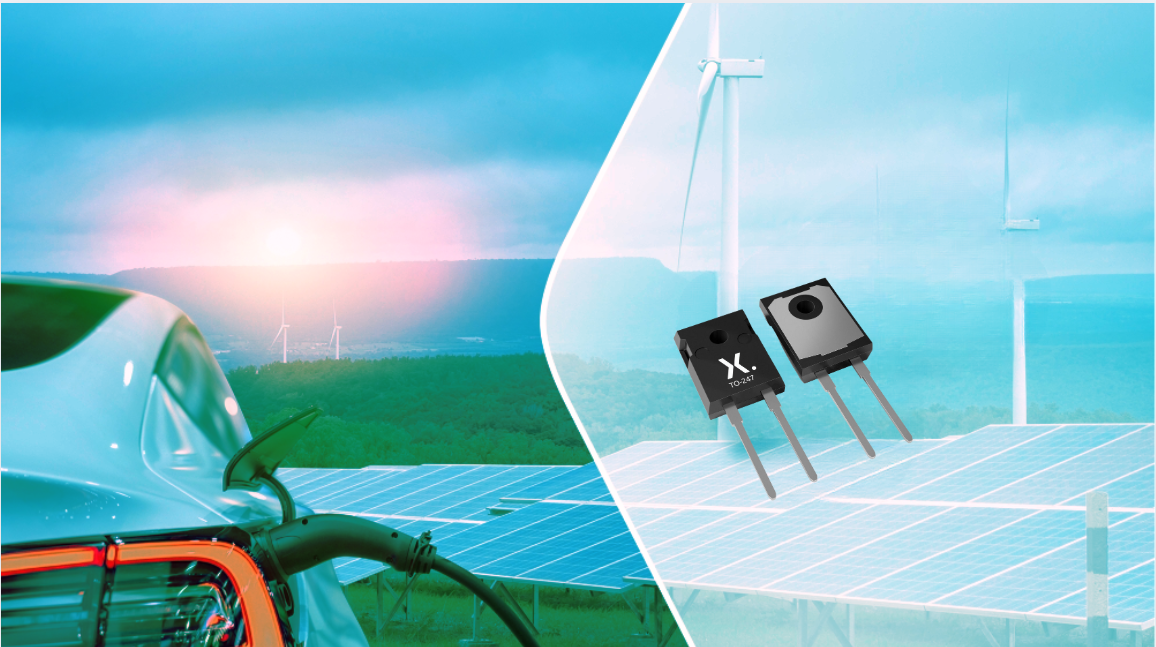

- RFQ
- BOM
-
Contact Us
Tel: +86-0755-83501315
Email: sales@sic-components.com
- Chinese
- English
- French
- German
- Portuguese
- Spanish
- Russian
- Japanese
- Korean
- Arabic
- Irish
- Greek
- Turkish
- Italian
- Danish
- Romanian
- Indonesian
- Czech
- Afrikaans
- Swedish
- Polish
- Basque
- Catalan
- Esperanto
- Hindi
- Lao
- Albanian
- Amharic
- Armenian
- Azerbaijani
- Belarusian
- Bengali
- Bosnian
- Bulgarian
- Cebuano
- Chichewa
- Corsican
- Croatian
- Dutch
- Estonian
- Filipino
- Finnish
- Frisian
- Galician
- Georgian
- Gujarati
- Haitian
- Hausa
- Hawaiian
- Hebrew
- Hmong
- Hungarian
- Icelandic
- Igbo
- Javanese
- Kannada
- Kazakh
- Khmer
- Kurdish
- Kyrgyz
- Latin
- Latvian
- Lithuanian
- Luxembou..
- Macedonian
- Malagasy
- Malay
- Malayalam
- Maltese
- Maori
- Marathi
- Mongolian
- Burmese
- Nepali
- Norwegian
- Pashto
- Persian
- Punjabi
- Serbian
- Sesotho
- Sinhala
- Slovak
- Slovenian
- Somali
- Samoan
- Scots Gaelic
- Shona
- Sindhi
- Sundanese
- Swahili
- Tajik
- Tamil
- Telugu
- Thai
- Ukrainian
- Urdu
- Uzbek
- Vietnamese
- Welsh
- Xhosa
- Yiddish
- Yoruba
- Zulu
- Kinyarwanda
- Tatar
- Oriya
- Turkmen
- Uyghur
Capacitor Uses
In the intricate realm of electronics and electrical engineering, capacitors stand as fundamental components with a wide array of uses. These unassuming devices, often small in size but mighty in function, play crucial roles in countless applications across various industries. From the simplest electronic gadgets to the most advanced industrial systems, capacitors are essential for proper operation and performance enhancement.
1. Signal - Related Applications
1.1 Coupling
One of the most common uses of capacitors is in coupling circuits. Coupling capacitors are vital in resistor - capacitor (RC) coupling amplifiers and other similar circuits. Their primary function is to block direct current (DC) while allowing alternating current (AC) signals to pass through. This is achieved due to the capacitor's ability to store and release electrical charge. In an RC coupling amplifier, for example, the coupling capacitor prevents the DC bias voltage of one stage from affecting the next stage. This ensures that only the AC signal, which contains the desired information such as audio or video signals, is transferred between amplifier stages. By blocking DC, it helps in maintaining the proper operating point of each stage, enabling the amplifier to function efficiently without distortion.
1.2 Bypassing
Bypass capacitors are used to shunt certain frequencies to ground. In a circuit where specific frequency components need to be removed from a signal, bypass capacitors come into play. There are different types of bypass capacitors depending on the frequency range they target. A full - frequency - domain bypass capacitor is designed to remove all AC signals. This is useful in power supply circuits where it helps to filter out any unwanted AC ripple present in the DC power supply. High - frequency bypass capacitors, on the other hand, are specifically used to eliminate high - frequency noise. In an audio amplifier circuit, a high - frequency bypass capacitor can prevent high - frequency interference from reaching the output, resulting in a cleaner audio signal.
1.3 Resonating
Capacitors are integral to LC (inductor - capacitor) resonant circuits. In a parallel LC resonant circuit, the capacitor and inductor work together to create a resonance effect at a specific frequency. At this resonant frequency, the impedance of the circuit reaches a maximum in a parallel configuration or a minimum in a series configuration. This property is exploited in various applications, such as in radio frequency (RF) tuning circuits. In a radio receiver, the LC resonant circuit is adjusted to resonate at the frequency of the desired radio station. The capacitor's capacitance value is carefully selected to achieve the correct resonance frequency, allowing the receiver to pick up the specific signal while rejecting others.
1.4 Filtering
Filtering is another key application of capacitors. Filter capacitors are used in power supplies and other filtering circuits to remove specific frequency components from a signal. In a power supply, a large - value electrolytic capacitor is often used as a filter capacitor. It helps to smooth out the rectified DC voltage by storing charge during the peaks of the rectified waveform and releasing it during the valleys. This reduces the ripple voltage, providing a more stable DC output. In addition to power supply filtering, capacitors are also used in various signal - filtering applications. For example, in a low - pass filter circuit, a capacitor and a resistor are combined. The capacitor allows low - frequency signals to pass through while attenuating high - frequency signals, effectively filtering out unwanted high - frequency noise.
1.5 Differentiating and Integrating
Capacitors are used in differentiating and integrating circuits, which are fundamental in signal processing. In a differentiator circuit, the output voltage is proportional to the rate of change of the input voltage. The capacitor in the differentiator circuit charges and discharges in response to changes in the input signal. For instance, in a circuit that needs to detect the edges of a digital signal, a differentiator circuit with a capacitor can be used to generate sharp pulses at the rising and falling edges of the input signal.
Conversely, in an integrator circuit, the output voltage is proportional to the integral of the input voltage. In a potential field scanning synchronization separation circuit, an integrating capacitor is used to extract the field synchronization signal from a composite synchronization signal. It accumulates the charge over time based on the input signal, enabling the extraction of the desired signal component.
2. Power - Related Applications
2.1 Power Supply Decoupling
Decoupling capacitors are essential in power supply circuits, especially in multi - stage amplifier systems. In a multi - stage amplifier, each stage draws current from the power supply. These current fluctuations can cause unwanted coupling between the stages, leading to instability and signal distortion. Decoupling capacitors are connected between the power supply rail and the ground at each stage. They act as local energy reservoirs, providing the necessary current to the stage when the power supply voltage fluctuates. By doing so, they prevent the low - frequency coupling between amplifier stages, ensuring that each stage operates independently and the overall amplifier performance is stable.
2.2 High - Frequency Damping
In audio negative - feedback amplifiers, high - frequency damping capacitors are used to prevent high - frequency oscillations. These oscillations, often manifested as high - frequency 啸叫,can degrade the audio quality. The high - frequency damping capacitor provides a path for high - frequency signals to be diverted to ground, effectively suppressing the unwanted oscillations. This is crucial in maintaining the integrity of the audio signal and ensuring a pleasant listening experience.
2.3 Power Factor Correction
In electrical power systems, capacitors are used for power factor correction. Inductive loads, such as motors and transformers, can cause the current to lag behind the voltage, resulting in a low power factor. By connecting capacitors in parallel with these inductive loads, the power factor can be improved. Capacitors store and release reactive power, which helps to offset the reactive power consumed by the inductive loads. This reduces the overall reactive power in the system, improves the efficiency of power transmission, and reduces energy losses.
2.4 Energy Storage
Capacitors are excellent energy - storage devices. They can store electrical energy in an electric field between their plates. In applications like camera flashes, a capacitor is charged with a high voltage. When the flash is triggered, the capacitor rapidly discharges, providing a large amount of energy in a short time to create the bright flash of light. In modern times, with the development of supercapacitors, the energy - storage capabilities of capacitors have significantly improved. Some supercapacitors can store energy levels approaching those of lithium - ion batteries. In the future, they may be used in applications such as electric vehicle charging stations, where they can store energy during off - peak hours and release it quickly to charge vehicles, reducing the load on the power grid.
3. Control and Timing Applications
3.1 Timing
Timing capacitors are crucial in circuits where time - based control is required. In a 555 timer integrated circuit, which is widely used in various timing applications, the charging and discharging of a capacitor play a central role. By adjusting the values of the capacitor and a resistor in the circuit, the time intervals for different operating modes of the 555 timer can be precisely controlled. In the astable mode, the capacitor charges and discharges continuously, generating a square - wave output. The frequency and duty cycle of this square - wave are determined by the RC time constant. In the monostable mode, the capacitor is used to set the duration of a single - pulse output.
3.2 Temperature Compensation
Capacitors can be used for temperature compensation in electronic circuits. Some electronic components, such as resistors and semiconductors, may change their electrical properties with temperature. Capacitors with specific temperature - coefficient characteristics can be used to counteract these changes. For example, in a precision oscillator circuit, a capacitor with a negative temperature coefficient can be used to compensate for the positive temperature - coefficient of a quartz crystal. This helps to maintain the stability of the oscillator's frequency over a wide range of temperatures.
4. Audio and Visual Applications
4.1 Audio Signal Processing
In audio systems, capacitors are used in multiple ways. In addition to high - frequency damping and bypassing, they are also used in audio equalization circuits. For example, in a bass - boost circuit, a capacitor is used to enhance the low - frequency audio signals. In a speaker - crossover network, capacitors are used to divide the audio signal into different frequency bands. A high - pass filter using a capacitor allows high - frequency signals to reach the tweeter, while a low - pass filter using a capacitor routes low - frequency signals to the woofer. This ensures that each speaker reproduces the appropriate frequency range, resulting in better - quality sound.
4.2 Visual Display Applications
In visual display technologies, capacitors are also important. In a liquid - crystal display (LCD), capacitors are used in the pixel - addressing circuitry. Each pixel in an LCD is controlled by a thin - film transistor (TFT) and a capacitor. The capacitor stores the charge that determines the voltage across the liquid - crystal layer, which in turn controls the amount of light passing through the pixel. This allows for the creation of sharp and stable images on the LCD screen.
5. Industrial and Automotive Applications
5.1 Industrial Control Systems
In industrial control systems, capacitors are used in a variety of applications. In motor - control circuits, capacitors can be used to start motors. For example, in a single - phase induction motor, a capacitor is used in the starting winding to create a phase - shift in the current, which helps the motor to start rotating. Capacitors are also used in process - control systems to time the activation of valves, sensors, and other equipment. In a chemical processing plant, a capacitor - based timing circuit can be used to control the opening and closing of valves at specific intervals, ensuring the proper flow of chemicals through the production process.
5.2 Automotive Electronics
Automotive electronics rely heavily on capacitors. In a vehicle's ignition system, capacitors are used to store energy for the spark plugs. When the ignition coil is triggered, the capacitor discharges, providing a high - voltage pulse to create the spark that ignites the fuel - air mixture in the engine cylinders. In modern hybrid and electric vehicles, capacitors are used in the power management systems. They can store and release energy quickly, which is useful for regenerative braking systems, where the kinetic energy of the vehicle is converted into electrical energy and stored in the capacitor for later use.
In conclusion, capacitors are versatile components with a vast range of applications. Their ability to store and release charge, block or pass certain frequencies, and participate in various electrical and electronic processes makes them indispensable in modern technology. As technology continues to advance, the uses of capacitors are likely to expand even further, driving innovation in fields such as renewable energy, artificial intelligence, and the Internet of Things.
https://www.sic-components.com/capacitors

Hot Products
View MoreRelated Blogs

2000+
Daily average RFQ Volume

30,000,000
Standard Product Unit

2800+
Worldwide Manufacturers

15,000 m2
In-stock Warehouse














 Wishlist (0 Items)
Wishlist (0 Items)